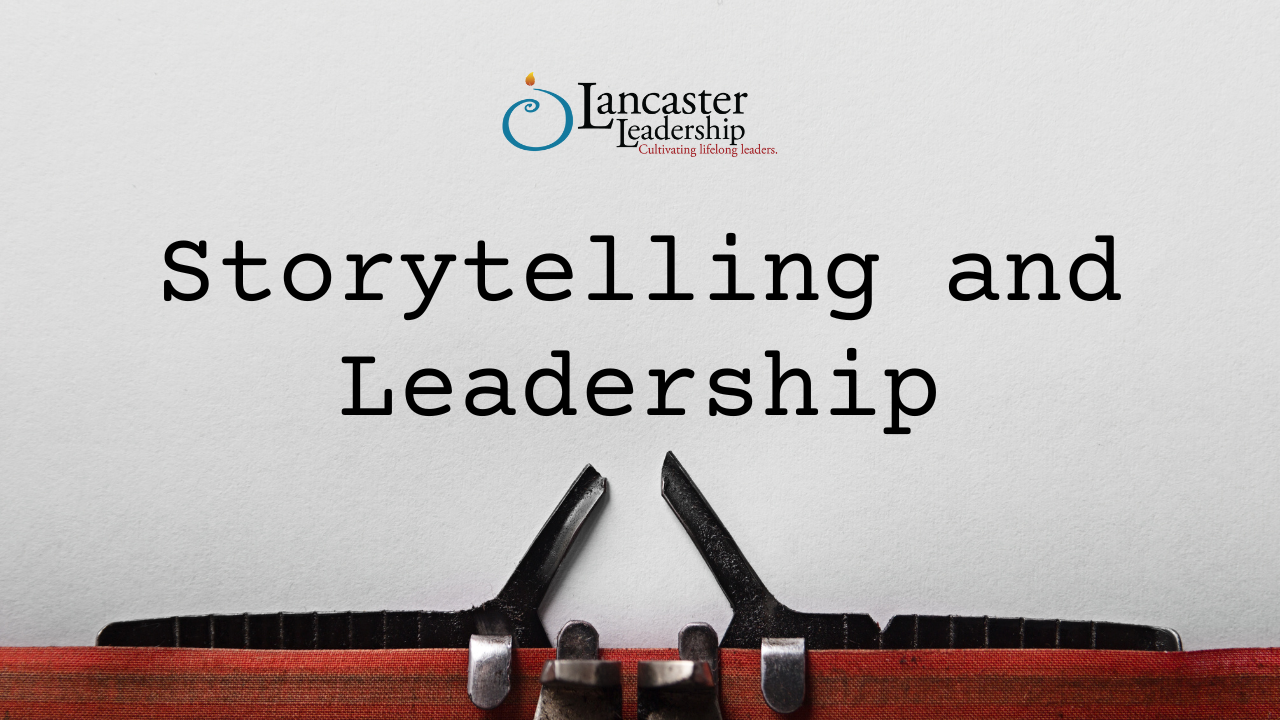Storytelling and Leadership

by Paul J. Zak, PhD View Bio
Years ago a colleague invited me to give a lecture on leadership to police officers who were on their way to become senior members of their departments, part of a program funded by the state of California. No problem, I give one hour lectures on leadership all the time. Two weeks before my debut, I was told it was a full eight hour day. Now I had time to focus on what my neuroscience research and work with numerous leaders had showed were the most important things an effective leader needs to do.
That most valuable skill is: Persuasion.
It might surprise you that much of my cop class is spent discussing the science of persuasion. After teaching this course for 10 years, I still think this is the most valuable skill a leader must develop.
Effective leaders need to absorb and contextualize information, and then turn that information into strategies. To implement strategies, other human beings must be motivated to take on new tasks and perform these new tasks well. Communicating the importance of a strategy is essential to its execution.
I have published scientific research and written books on how to effectively convince human brains to invest their scarce neural resources to implement strategic plans. By measuring how the brain values communication, my team is able to predict with 90% or greater accuracy if a communication will influence behavior. Of course, it took me 15 years of research to figure out how the brain values social-emotional experiences and another five years to develop technologies so that anyone can measure this any place that people interact. I have named this brain network Immersion and it is a one-second frequency combination of neuroelectrical signals that can be measured with a mobile app.
My team has measured brain activity for hundreds of communications, both live and recorded, in order to identify those that are most valued by the brain. What is valued is what provokes people to take an action. This research revealed that leaders can most effectively influence behavior by: telling a story.
More specifically, leaders influence others by sharing a structured narrative about human beings that has a crisis that results in authentic emotional responses and then is resolved. “Human” means about one or a few people, not graphs of data. “Structured” means it follows a narrative arc in order to “infect” listeners with the character’s emotional states that unconsciously signal its importance. That is what our brains do as social creatures–absorb the emotions of others in order to understand their motivations. Emotions are how the brain “tags” experiences with value and yet emotions are generated in evolutionary-old parts of the brain largely outside of conscious awareness. Our “feelings” are the conscious guess about our unconscious emotional responses, but copious research has shown that feelings are poor predictors of emotions. Sorry to burst your bubble. I know it seems like we are aware of our physiologic responses, but the brain is just not set up to reveal these consciously. Neither is your liver or your heart so there is no reason for the brain to be any different.
There are three dimensions that you control so that your story will persuade others’ brains to commit to your new strategy: Readiness, Structure and Delivery.
Readiness by your audience is necessary so they have the neural bandwidth to absorb and process the information you want to share. Ask people to turn off their phones and put them on the table (do this yourself to show how important the meeting is) and ensure they are relaxed. If people are running between meetings without a break or have a huge project due tomorrow, they may not have the ability attend to your story and invest the emotional resources to produce the desired prod to join your crusade. Sit down, grab a cup of coffee and say hi to everyone before you present.
Next, structure your story so it has understandable characters such as customers or employees who are facing a crisis. Follow a narrative arc showing how the crisis will be catastrophic if the problem is not solved. Then, illustrate how you will help your team resolve this conflict–your strategy. If you must use slides, follow the approach in TED Talks, slide only have pictures, or pictures with very few words. Accenture uses this approach and optimized its impact by using the neuroscience-as-a-service (NaaS) technology my company released. They found that in-person persuasive communications should last no longer than 20 minutes because after that the brain cannot sustain Immersion and the story loses its punch. If online, keep it to 12 minutes or less. Think short and intense rather than long on detail. You can follow your narrative with a break and then the details with tables and graphs.
The third component is delivery. As I mentioned earlier, neurologic Immersion is contagious. When you deliver your message with passion, your audience will absorb your energy, raising their own Immersion. Indeed, the Immersion technology my group released and is used worldwide shows a very high degree of synchrony among people in the same experience. These data reveal that a great story infects an audience with the importance of a message. In fact, the audience will remember the peak Immersion parts of your message. Put energy into these. Also, you should rehearse your story getting feedback from Immersion’s free app or from trusted and honest colleagues. You only have one shot to make it stick.
Readiness to absorb, a tight human narrative, and impassioned delivery.
It works for Accenture and it works for police leaders. It will work for you, too.
You can download the free SIX app from Immersion Neuroscience here to measure and improve your story.
MORE BLOG POSTS
Tips for Marketing Your Business and Yourself
Whether you run your own business, or are working your way up the ladder within your company, marketing your company’s brand or your skill sets has become more important than …
Making Decisions
7/6/23 Apparently, we make 35,000 decisions today. And every decision calls upon our unique decision-making matrix. On July 1, Erin and I arrived in Bologna, Italy after an overnight flight …


